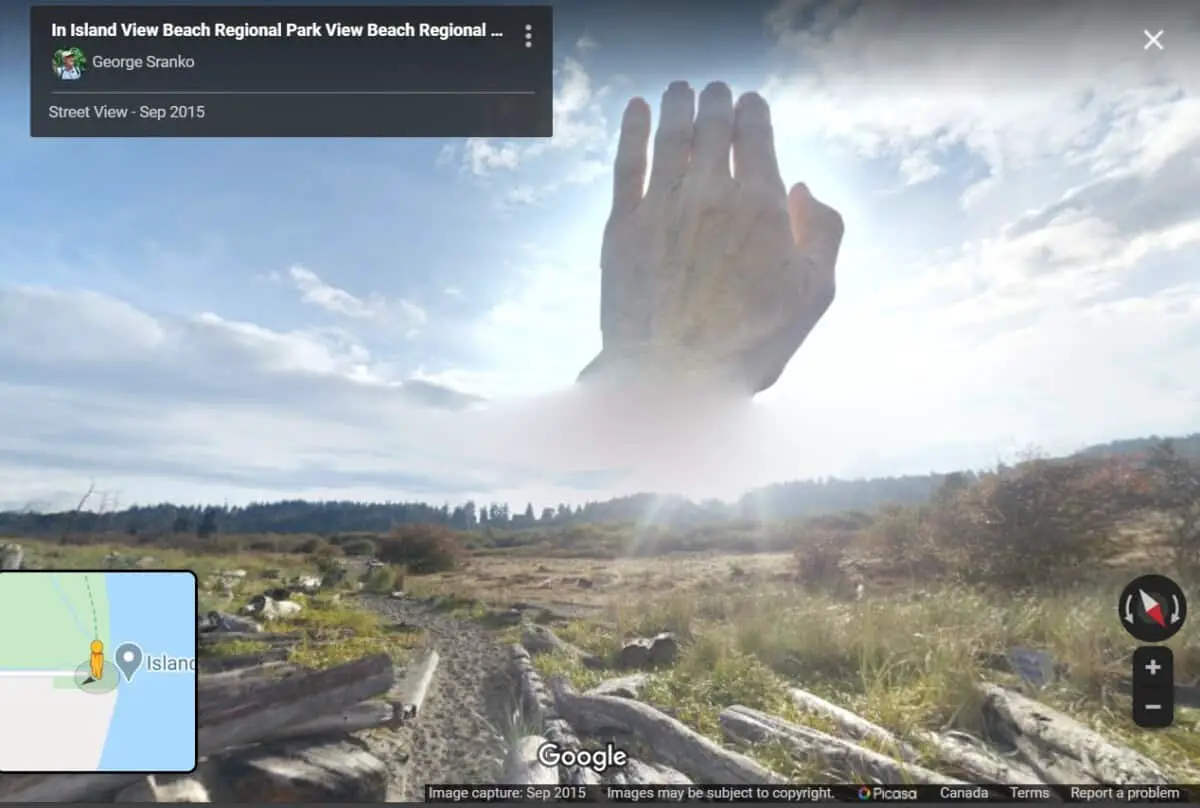Photography has been a big part of my life since I was a youngster with my first Pentax Spotmatic. It has been gratifying to find an online platform that allows me to share my photos with millions of people, something that I would never have believed possible until recently.
One of the best ways to get millions of views online is by posting photos to Google Maps. In my experience, the photos that attract the most views are 360s or photospheres. In this article, I have embedded my top three photospheres, with 1 to 4.6 million views for each. Here’s your chance to take them for a spin!
If you are serious about taking 360 photos, I recommend purchasing a 360 camera. One of the best and newest is the Insta360 One R. Not only do these cameras take excellent 360s with just one click, they also take 360 videos that are simply amazing to view and can be shared on YouTube.
One of the most widespread applications for 360s is the real estate industry. Using the latest technology, you can ‘walk through’ an entire house without having to leave your own home. My photos may not be as practical, but they do serve a purpose: we aim to capture stunning scenery and natural settings to inspire an appreciation for the natural world and the amazing creatures we share the planet with.
Top three photospheres by views
Here are my top 3 photospheres on Google Maps, by the number of views at the time of writing. Don’t forget you can move them around inside the frame to look in any direction, almost as if you were inside a bubble. You can even zoom in and out using your mouse wheel.
Houses of Parliament, Cape Town, South Africa – 4.6 million views
Auckland Domain Wintergardens, NZ – 4.1 million views
Cottesloe beach at sunset, Perth, WA, Australia – 2.8 million views
To learn more about the value of photospheres online please take a look at my accompanying article how-to-get-millions-of-views-online
Click here to see my entire portfolio of over 1,500 photos posted to Google Maps, the majority of them as 360s or photospheres.

